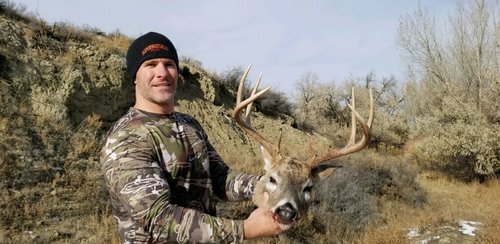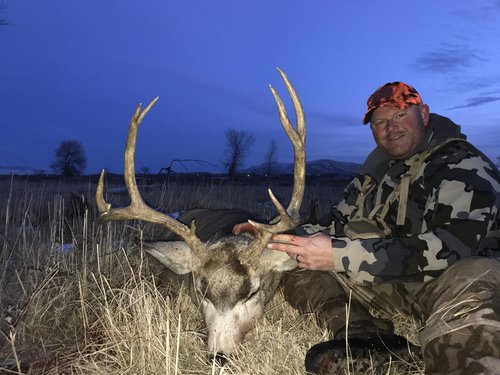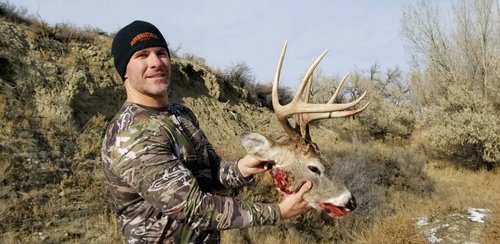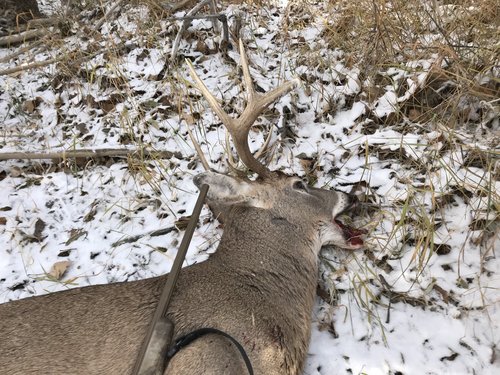ImBillT
Well-known member
- Joined
- Oct 29, 2018
- Messages
- 3,996
What are the odds that I will draw a 50% hunt this year? 50%.
What are the odds that I drew a 50% hunt last year? 50%
What are the odds that I drew a 50% hunt last year and will do so again this year? 25%. Why? Because you don’t know if I drew last year.
I drew a 50% odds tag last year, what are the odds that I will draw the same 50% tag this year? 50%. Last year was irrelevant to this year, it has nothing to do with the question.
Last year I drew a 50% tag, what are the odds that I will draw a 50% both last year and this year? 50%. I changed the question to make last year’s results relevant, but because I already know the outcome, it eliminated half of the possible outcomes that needed to be examined.
What are the odds that I drew a 50% hunt last year? 50%
What are the odds that I drew a 50% hunt last year and will do so again this year? 25%. Why? Because you don’t know if I drew last year.
I drew a 50% odds tag last year, what are the odds that I will draw the same 50% tag this year? 50%. Last year was irrelevant to this year, it has nothing to do with the question.
Last year I drew a 50% tag, what are the odds that I will draw a 50% both last year and this year? 50%. I changed the question to make last year’s results relevant, but because I already know the outcome, it eliminated half of the possible outcomes that needed to be examined.








